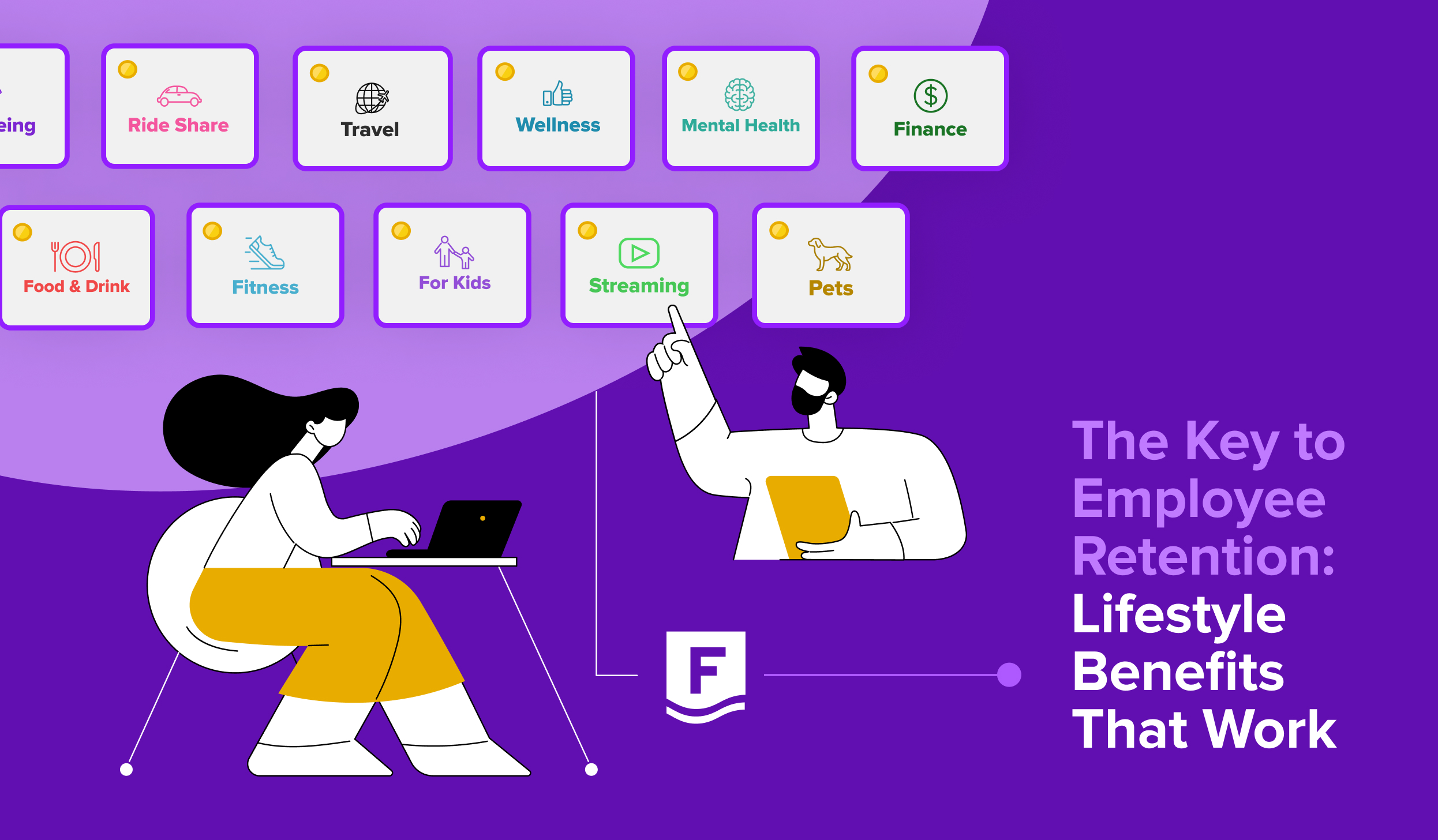The Key to Employee Retention: Lifestyle Benefits That Work


In today's fiercely competitive job market, attracting and retaining top talent has become a strategic imperative for businesses. While salary and job responsibilities undoubtedly play pivotal roles in an employee's decision to stay or leave, there's another factor that's gaining significant importance: lifestyle benefits. In this blog post, we'll explore the critical role that lifestyle benefits play in retaining employees and why they are worth the investment for your organization.
The Changing Landscape of Employee Retention
Employee retention has evolved from a simplistic concept of providing competitive pay and job security to a multifaceted strategy that recognizes the diverse needs and expectations of today's workforce. Traditional retention strategies may no longer suffice in an era where employees are seeking a holistic approach to work-life integration.
Lifestyle Benefits: What Are They?
Lifestyle benefits encompass a broad range of perks and policies designed to enhance employees' quality of life outside of work. These benefits go beyond traditional healthcare and retirement plans to include offerings such as flexible work schedules, remote work options, wellness programs, and more. Let's dive into some specific examples of how lifestyle benefits like grocery delivery, childcare support, and student loan repayment can positively impact your employees and, in turn, your organization.
The Impact on Employee Retention
1. Enhanced Work-Life Integration
One of the primary reasons employees seek lifestyle benefits is to achieve a better work-life integration. For example, offering grocery delivery services can save employees valuable time, allowing them to spend more quality moments with their families or engage in personal activities. Similarly, childcare support can ease the burden on working parents, enabling them to balance their professional and family responsibilities effectively. When employees feel that their employer values their time and wellbeing, they are more likely to stay with the company.
2. Increased Job Satisfaction
Lifestyle benefits contribute significantly to overall job satisfaction. Employees who have access to these benefits tend to be happier and more content in their roles. Consider a scenario where a young professional is burdened with student loan debt. Offering a student loan repayment program can significantly reduce their financial stress, leading to greater job satisfaction. This sense of satisfaction can lead to increased productivity and a more positive work environment, reducing turnover rates.
3. Attraction of Top Talent
In addition to retaining existing employees, lifestyle benefits also serve as powerful recruitment tools. In a competitive job market, candidates are more likely to choose a company that offers an appealing work-life integration and lifestyle perks over one that doesn't. Imagine a job seeker facing student loan debt. They'd be more inclined to join a company that offers student loan repayment assistance as part of its lifestyle benefits package. Attracting top talent can significantly impact your organization's long-term success.
4. Stress Reduction
Work-related stress is a leading cause of employee burnout and turnover. Lifestyle benefits like wellness programs, mental health support, and flexible scheduling can help alleviate stress and improve employees' mental and emotional wellbeing. Grocery delivery services can eliminate the stress of rushing to the store after a long day at work. Childcare support can provide peace of mind to working parents, reducing anxiety. As a result, your workforce is more likely to remain engaged and committed to your organization.
5. Cost Savings in the Long Run
While implementing lifestyle benefits may require an initial investment, the long-term benefits often outweigh the costs. Reduced turnover rates mean fewer expenses associated with recruitment, training, and onboarding new employees. Moreover, a happier and healthier workforce can lead to increased productivity and better customer satisfaction, ultimately contributing to your company's bottom line.
Implementing Lifestyle Benefits Effectively
To harness the power of lifestyle benefits for employee retention, it's essential to take a strategic approach:
1. Employee Needs Assessment: Understand your employees' preferences and needs through surveys and feedback tools.
2. Tailor Benefits: Customize your lifestyle benefits to align with your workforce's demographics and preferences, such as offering grocery delivery or childcare support.
3. Communication: Clearly communicate the availability and value of these benefits to employees.
4. Evaluation and Adaptation: Regularly assess the effectiveness of your lifestyle benefits and adjust them as needed to provide consistent support and stay competitive.
In today's dynamic employment landscape, lifestyle benefits are no longer just a "nice-to-have" but a "must-have" for businesses looking to retain top talent. Investing in these benefits not only improves employee retention but also enhances job satisfaction, attracts high-caliber talent, reduces stress, and ultimately contributes to the long-term success of your organization. As you plan your employee retention strategy, remember that a happy and well-supported workforce is your most valuable asset.
.png)

.jpeg)